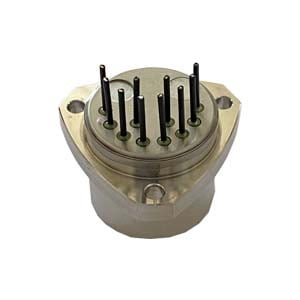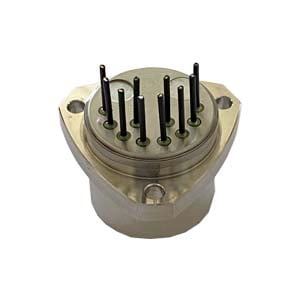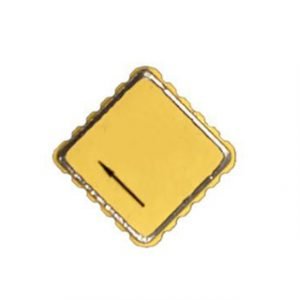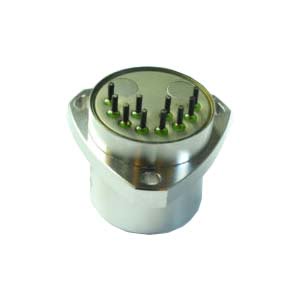The role of accelerometer sensors
An accelerometer sensor is an electronic device capable of measuring acceleration force, also known as an accelerometer. The accelerating force is the force that acts on an object as it accelerates, just like the Earth's gravity, which is gravity. There are two kinds of accelerometers: one is the angular accelerometer, which is mainly improved by the gyroscope (angular velocity sensor). The other is a linear accelerometer. By measuring the acceleration due to gravity, the tilt Angle of the device relative to the horizontal plane can be calculated. By analyzing the dynamic acceleration, you can analyze the way the device moves. An acceleration sensor measures the acceleration generated by traction.
Classification of accelerometer sensors
There are many kinds of accelerometer sensors according to different ways, among which accelerometers can be divided into three categories of high precision, medium precision and low precision according to measurement accuracy. With the development of market demand and micro-acceleration sensors, MEMS accelerometers will be widely used in the field of medium and low precision, and the mechanical quartz flexible accelerometers are still mainly used in the field of high precision. Quartz flexible accelerometer, as a classic high-precision mechanical pendulum accelerometer, is one of the key components in the field of high-precision applications.
Application of accelerometer sensor
Aerospace field
Quartz accelerometers can achieve high precision acceleration measurement with extremely high reliability and stability. Its special flexible construction enables it to adapt to high acceleration applications under various environmental conditions, such as high temperature, high pressure and high vibration environments. For example, in addition to the bias stability of 10μg, the scale factor repeatability and class II non-linearity repeatability of the ER-QA-01A can also reach 10 PPM and 10μg/g² respectively. It is a good choice in aerospace applications.

Inertial navigation system field
Inertial navigation system is an auxiliary navigation system that uses accelerometers and gyroscopes to measure the acceleration and angular velocity of objects, and uses computers to continuously estimate the position, attitude and velocity of moving objects. By detecting the acceleration and angular velocity of the system, the inertial navigation system can detect changes in position, speed and attitude. ER-QA-03A is a high-performance quartz accelerometer with bias stability of 10-50μg, scale factor repeatability of 15-50 PPM, and class II non-linearity repeatability of 10-30μg/g², which can provide accurate data information for the system.
Oil logging field
Formation detection is a process that converts ground vibration into electrical signals. It is most widely used in oil exploration, but also in ground fracture detection, gas formation development, debris flow warning and VSP logging. The core component of the seismometer is the acceleration sensor. By measuring the acceleration in the vertical direction, the information about the frequency and amplitude of the vibration can be obtained. In order to obtain accurate data and overcome the high temperature working environment of oil drilling, the specially designed ER-QA-03D can work in a high temperature environment of 180℃ and the volume is only 25×21mm, its anti-shock is 500-1000g 0.5ms, and its advantages can overcome complex environmental difficulties. Greatly improve the efficiency of logging.
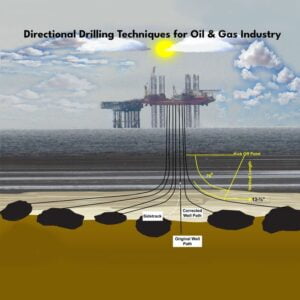
Industrial vibration detection field
With the continuous development of the Internet of Things and artificial intelligence technology, many manufacturing, rail transit, electric power, metallurgy, petrochemical and other industries have introduced intelligent operation and maintenance systems to achieve online monitoring and analysis of equipment, which can send an alarm to the monitoring system and deal with it in time when the state of equipment becomes abnormal. MEMES accelerometers are often used in this field, such as ER-MA-5 with a bias stability of 5μg, a scale factor repeatability of 300ppm, and class II non-linearity repeatability of 10-30μg/g2. The vibration signal is measured by acceleration sensors or vibration detection instruments and analyzed to determine the health status of the equipment. The use of MEMES accelerometers greatly improves the accuracy and timeliness of predictive maintenance and fault warning, and also avoids unnecessary production downtime and casualties.
More Technical Questions
1.What can you do with an Accelerometer?
2.What Effect Does Temperature Have on Quartz Flexible Accelerometer?
3.Multi-Dimensional Understanding of High Precision Quartz Accelerometer
4.How do parameters affect the performance of the quartz accelerometer?
5.Application of Quartz Accelerometer in UAV and Positioning System
6.How does the Quartz Accelerometer Work?
Products in Article
